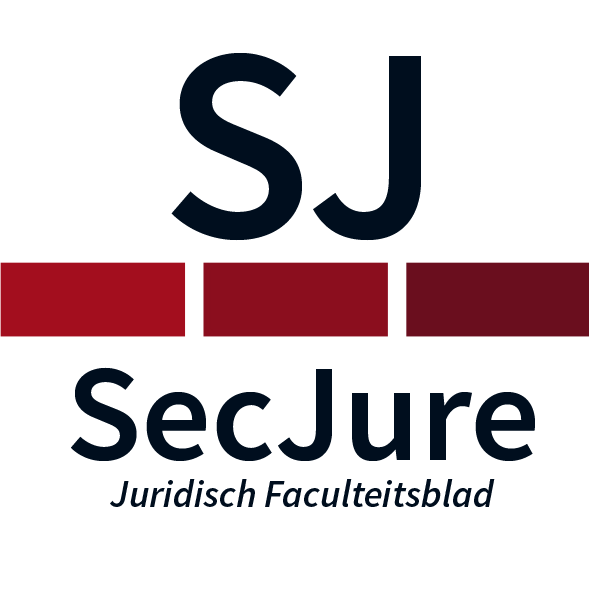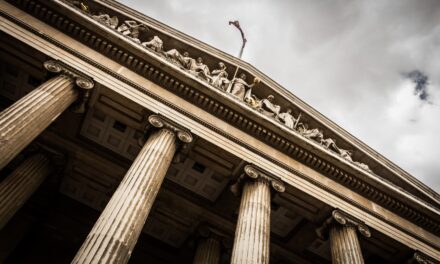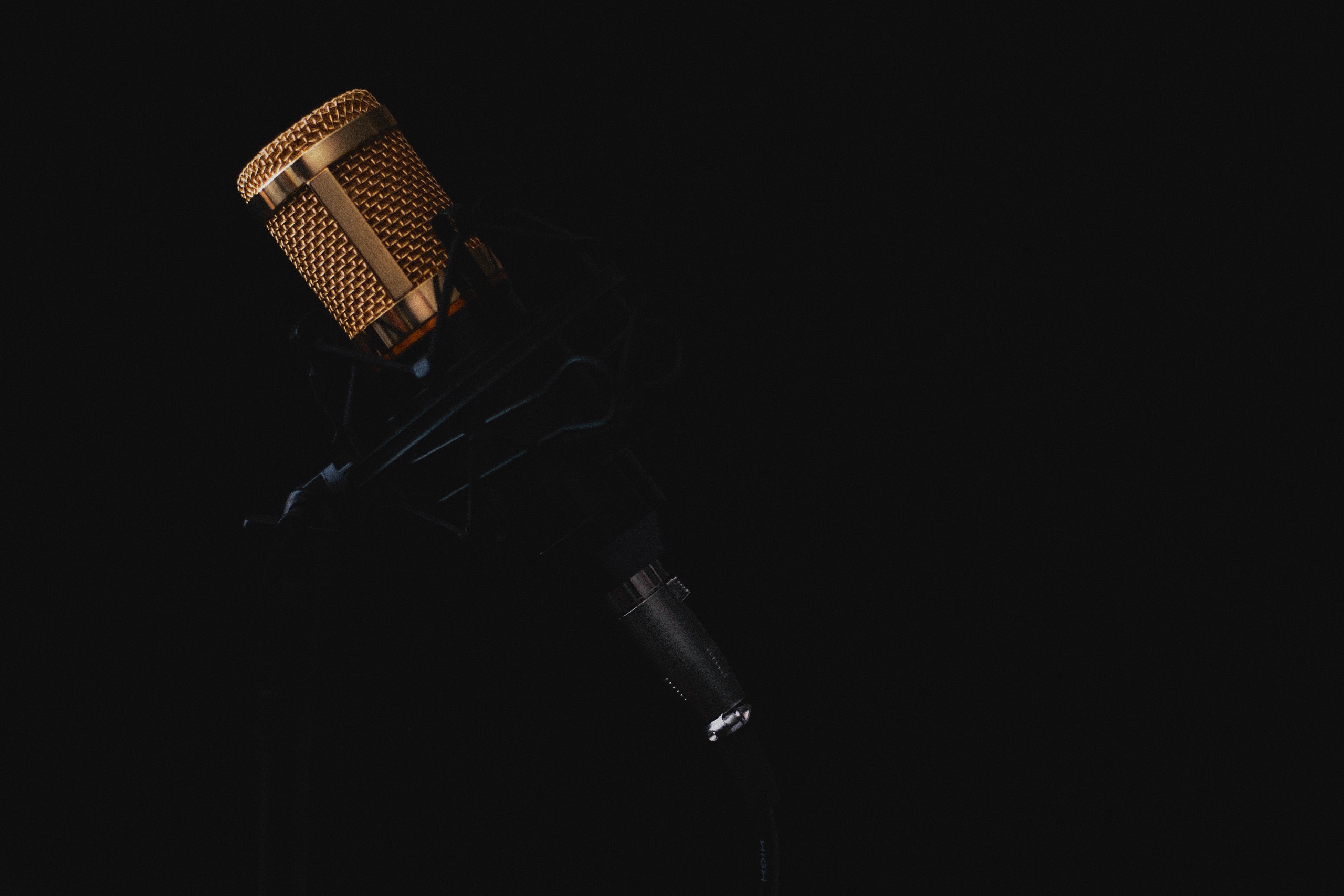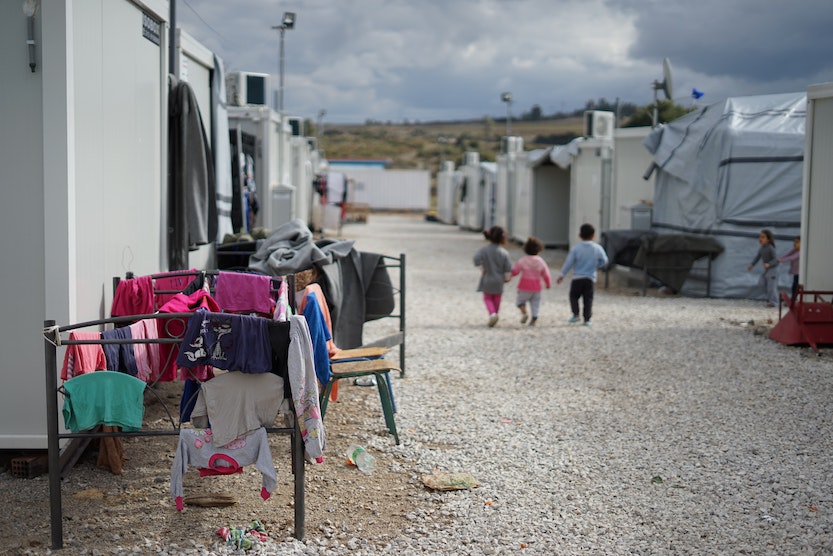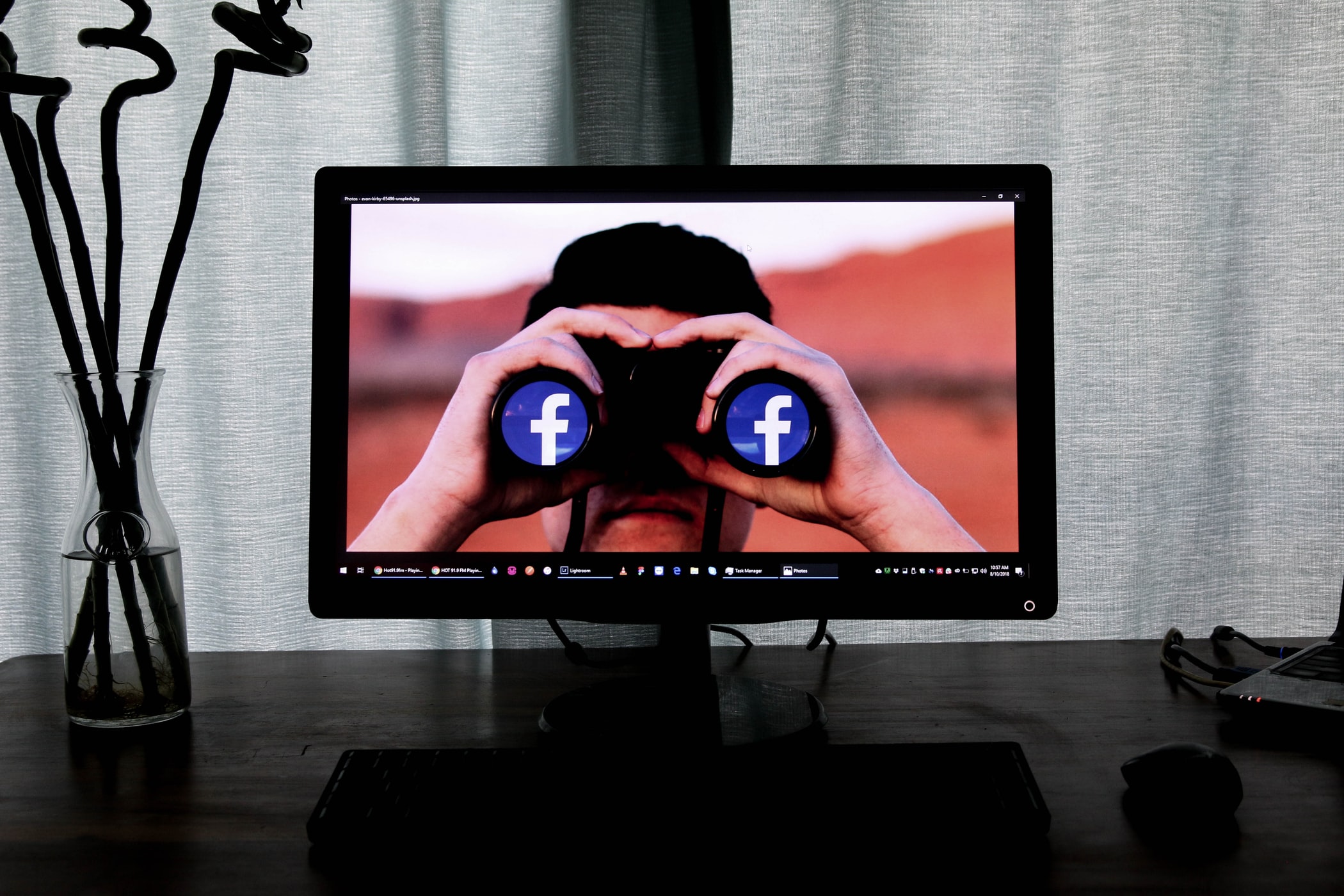Daphne Stevens
The balance between the freedom of expression and the limitation of this right in cases of hate speech has been a subject of discussion for a long time. Recently, different events have brought even more focus towards this subject, such as the terrorist attacks that took place in France and the increase of threats towards politicians on social media, even by young children.[1] The debate that surrounds this topic makes it clear that there is a very thin line between the freedom of expression and hate speech. This is an issue for both governments and private companies, such as social media platforms.
Governments face international obligations to prohibit certain types of hate speech, such as terrorist speech.[2]However, these obligations also stress the importance of the freedom of expression. The freedom of expression can be found in different human rights’ conventions, such as in the European Convention of Human Rights.[3] This is not an absolute right. It is possible to limit the freedom of expression, as long as these limitations are prescribed by law, serve a legitimate aim and are necessary in a democratic society. States have a margin of appreciation when it comes to limiting the freedom of expression, but a fair balance has to be struck.[4]
Expressions that are liable to offend, shock or disturb are often considered to be protected speech. Strong criticism of governments also falls within the scope of protected speech under the freedom of expression.[5] However, when speech incites to violence, hostility or hatred against individuals, States may prohibit this speech as long as it fulfils the limitation-requirements.[6] It thus becomes clear that when speech has the potential to lead to harmful consequences, this may be prohibited. This depends on different factors, such as the context, time, the type of media outlet, provocative wording and the role and authority of the speaker. In certain cases it can still be quite difficult to decide whether a certain expression is protected or not, even with guidelines from legislation and case law. Whenever governments limit or prohibit a certain expression, it is often frowned upon by citizens, who in certain cases may consider it to be a form of censorship. There is a need for more clarity and transparency in order to make citizens better understand the decisions of the government. This can create more trust in the government as well.
Governments are not the only actors that are struggling with this balancing act. Within the field of content moderation this is a big concern as well, for example on social media platforms such as Facebook and Twitter. A fair balance between safety, privacy and the freedom of expression is necessary on these platforms, which can be a tricky balancing act in certain cases. Facebook has created a clear policy regarding hate speech, stating that the platform does not accept hate speech on their platform, because this may create an environment of intimidation and exclusion and could lead to offline violence.[7] If a decision is made to remove content from a platform, this can create negative responses among the users, who in certain cases may not understand why a certain expression has to be removed. Platform policies can come across as arbitrary or inappropriate. Furthermore, it is very easy for platforms to suddenly change platform policies, which may create confusion among the users. For this reason, equity and transparency is of great importance here as well. It is important to provide information why a certain post gets removed, both clearly in the platform policy and in the notification about the removed post. This is something that the different platforms will have to focus on, in order to create more clarity regarding their content moderation policies. This will provide the users with a better understanding of what is accepted and what is not.
Many expressions find themselves within a grey area, where doubts exist whether these expressions are acceptable or not. Different people have different views regarding what is considered to be an acceptable expression, which can be clearly seen in the public debate about this subject. Where one person might find a certain expression completely normal, someone else may consider it to be threatening or harmful. People quickly label the removal of certain expressions as a form of censorship, because there is no clarity about where we exactly draw the line between the freedom of expression and hate speech. For this reason, in times where hate speech is on the rise, there is a need for clear rules and guidelines, where attention is given to transparency and equity. This can lead to a more consistent practice of removing hate speech and can provide more clarity to citizens and users. Hopefully, this can contribute to the creation of a safer environment for everyone, both in the online and the offline world.
[1] NOS, ‘Politici vaker ernstig bedreigd, ook door kinderen onder de twaalf’ (13 November 2020). Access online: https://nos.nl/artikel/2356429-politici-vaker-ernstig-bedreigd-ook-door-kinderen-onder-de-twaalf.html.
[2] For example the UN Security Council Resolution 1624/2005 on threats to international peace and security, Council of Europe Convention 196 on the Prevention of Terrorism (2005) and EU Directive 2017/541 on Combating Terrorism.
[3] Article 10 ECHR.
[4] ECtHR 25 November 1997 (Zana v. Turkey).
[5] ECtHR 9 May 2017 (Stomakhin v. Russia).
[6] ECtHR 27 June 2017 (Belkacem v. Belgium), ECtHR 17 April 2018 (ROJ TV A/S v. Denmark).
[7] More information regarding Facebook’s policy against hate speech can be found here: https://www.facebook.com/communitystandards/hate_speech.
